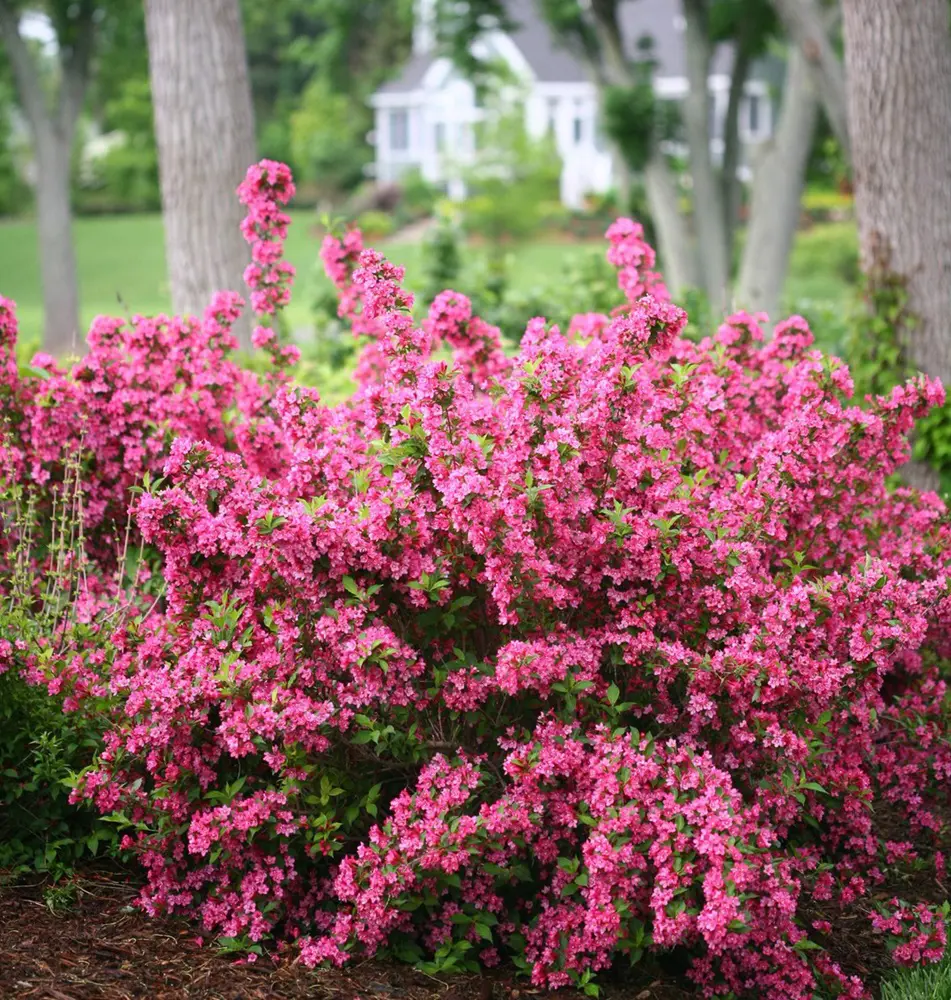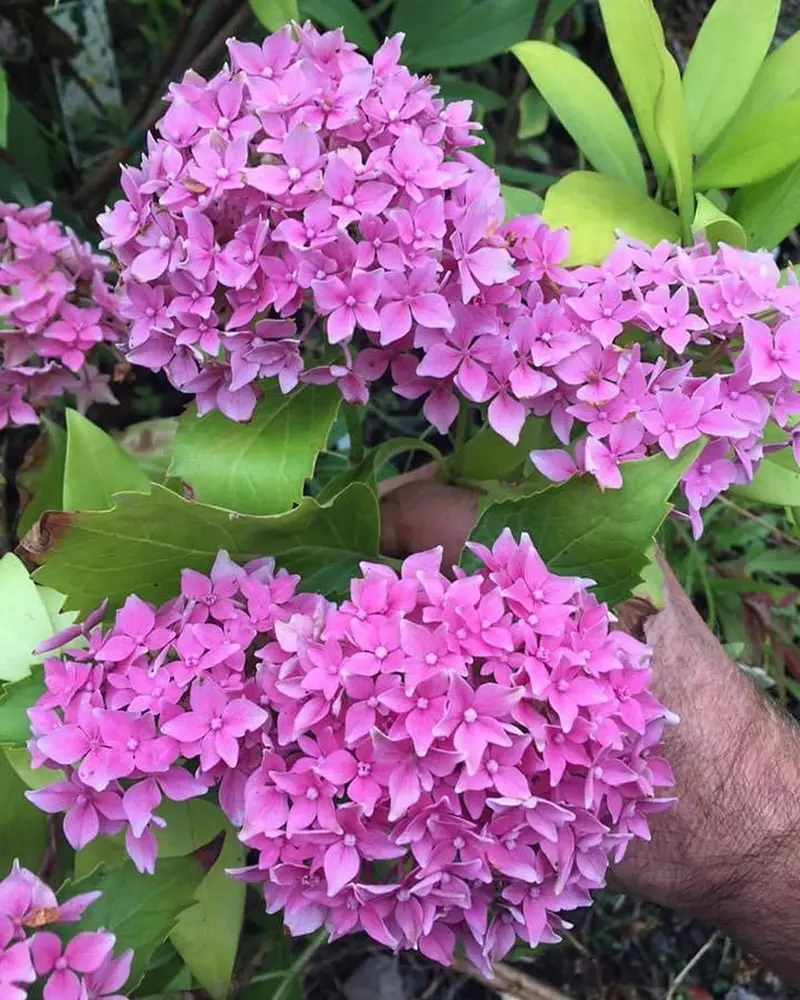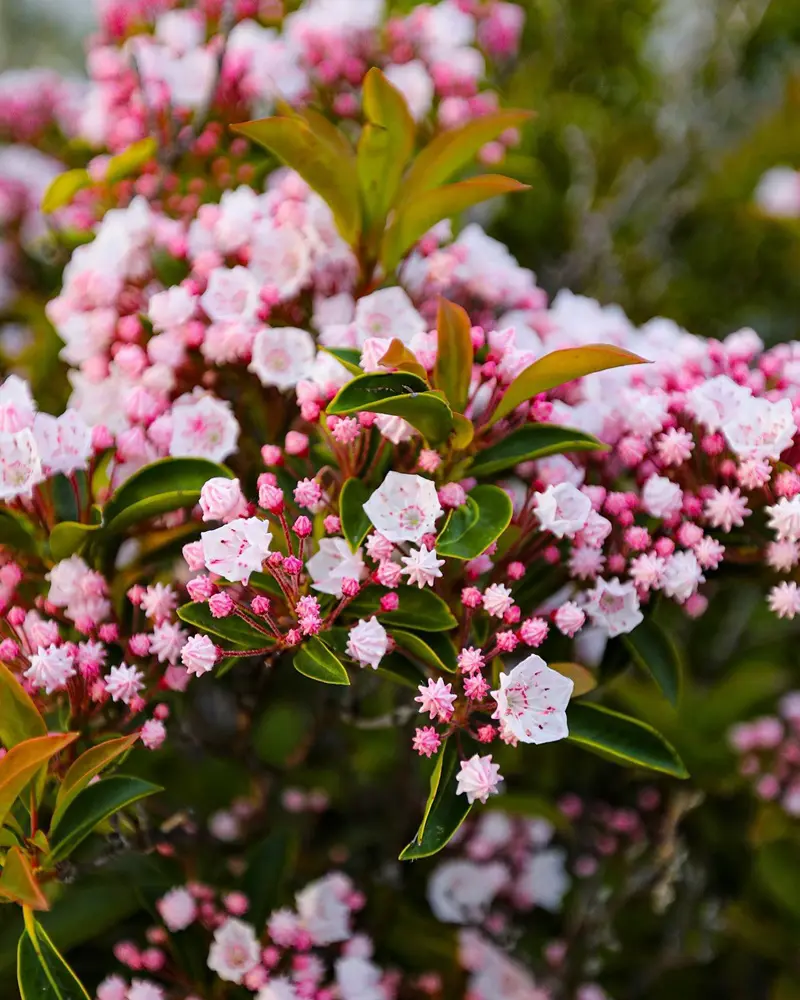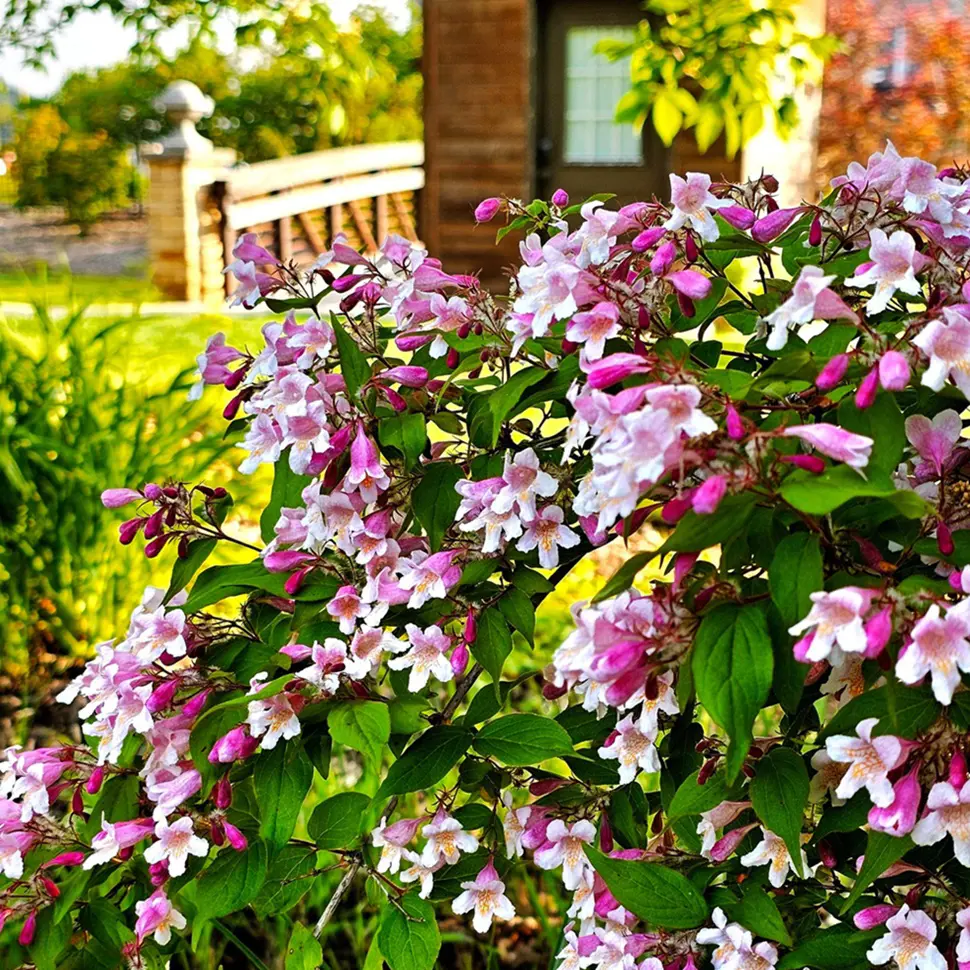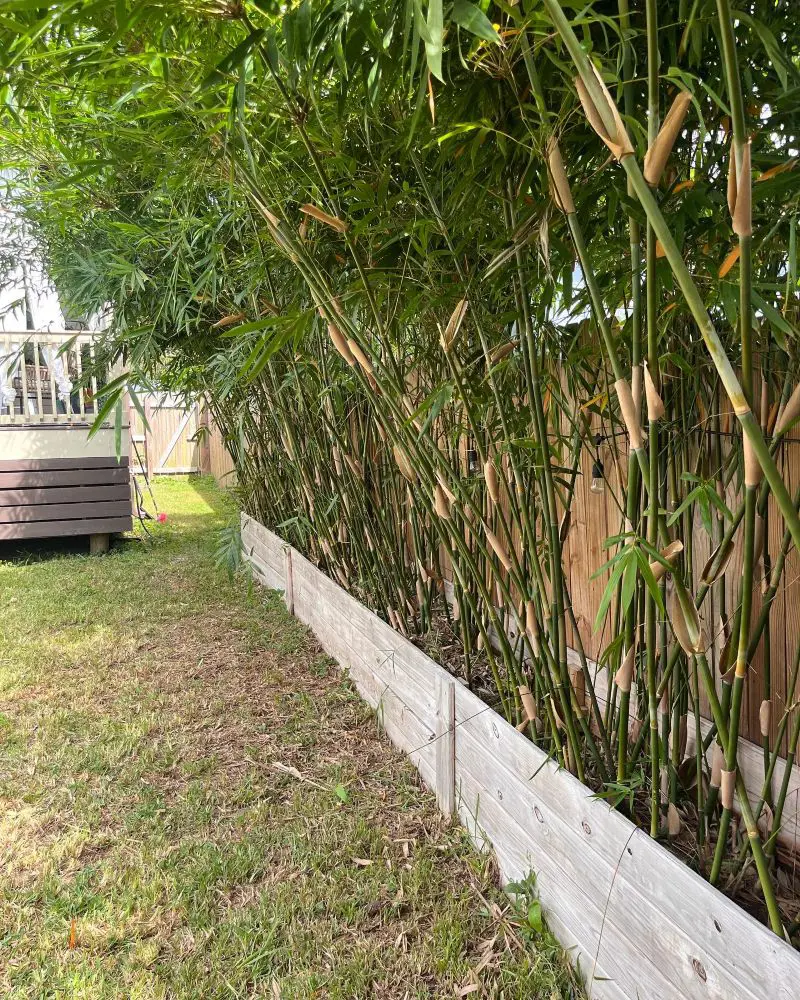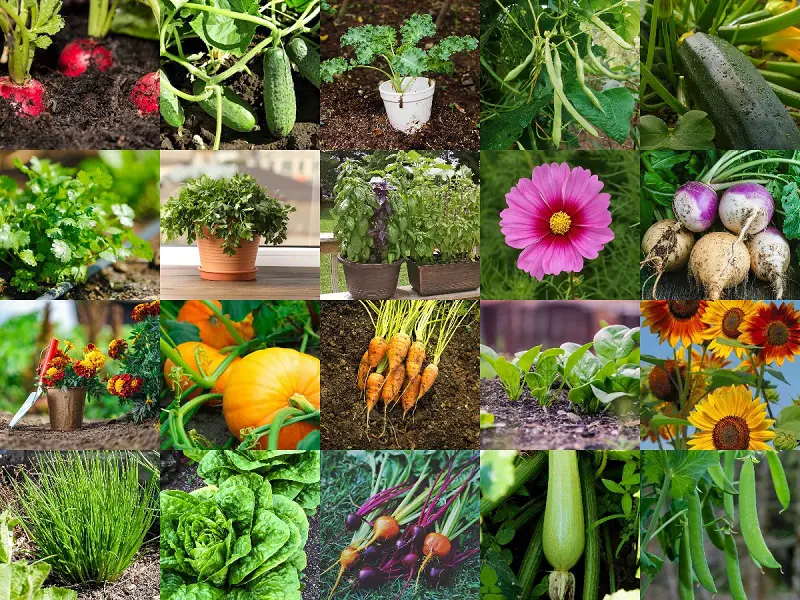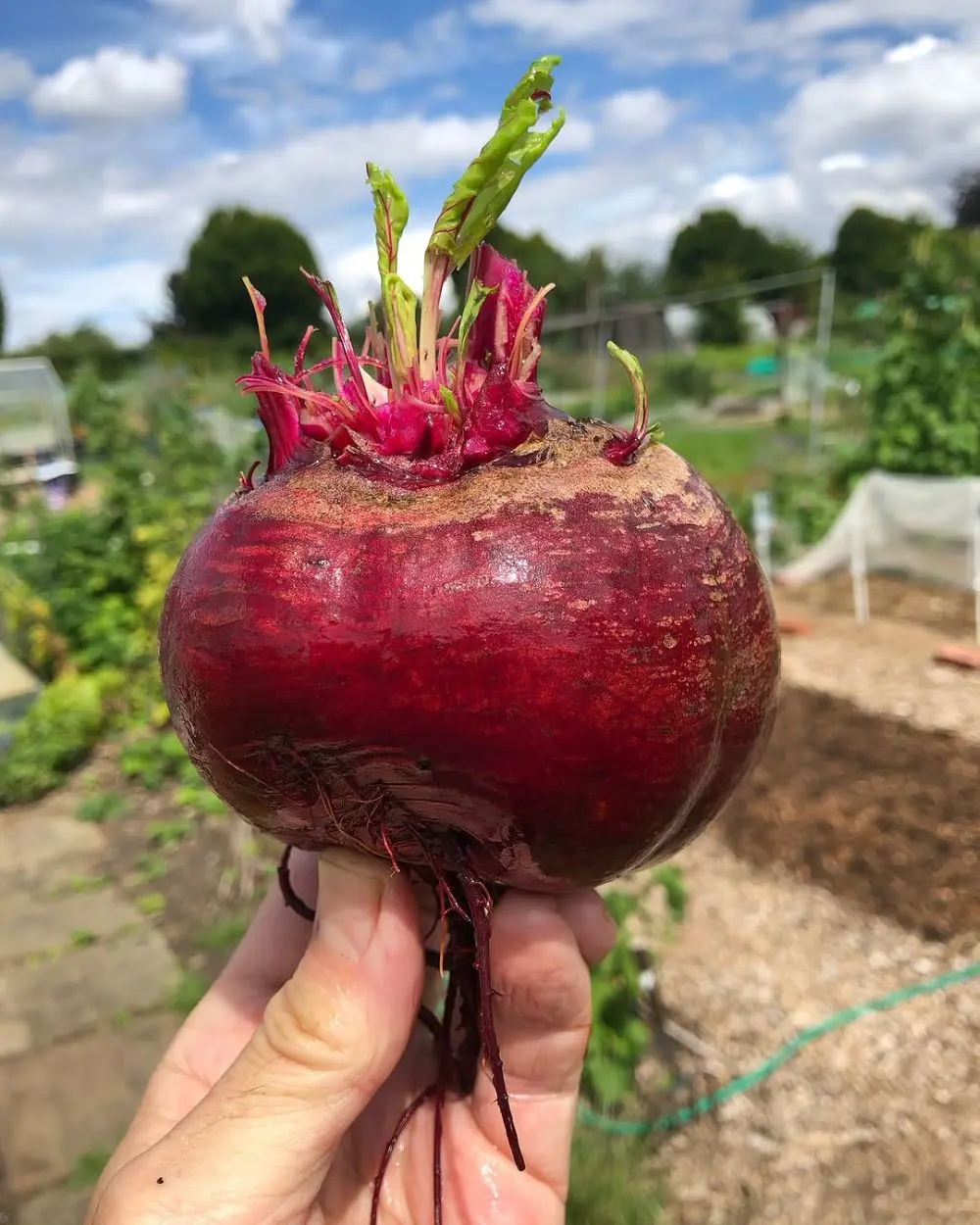1. Azalea (Rhododendron spp.)
Azaleas belong to the genus Rhododendron. Their flowers are highly valued for their stunning pink blooms and are arranged in funnel-shaped blossoms with five or more petals. The flowers can come in a variety of shades from pastels to bold and vivid shades.
Apart from flowers, azaleas are also popular among gardeners for their evergreen leaves. They are easy to grow and bloom fully in the spring, usually around March or April.
Zones: 6 to 9
Plant Height: 3 to 8 feet
